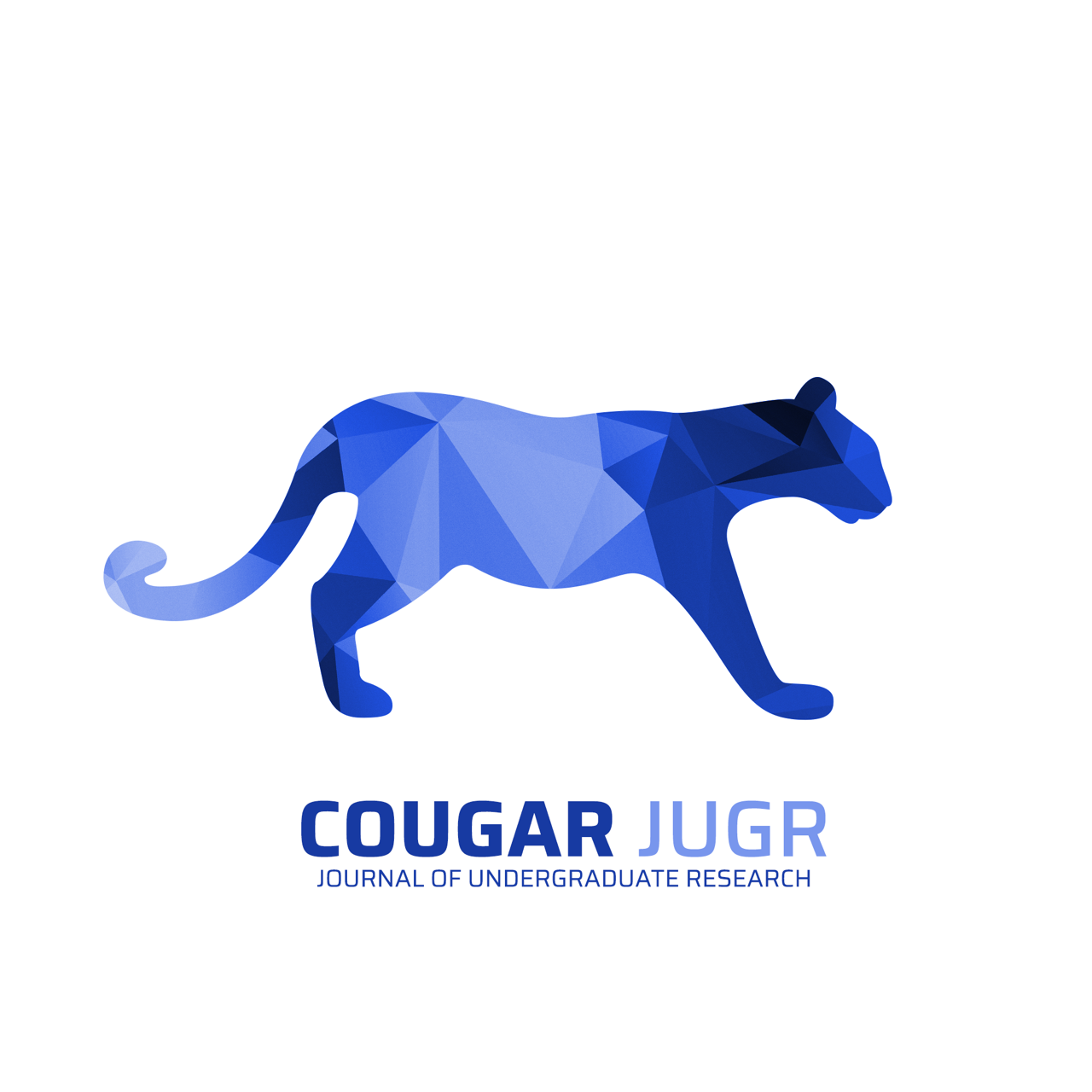A Review of the Physiological Mechanisms in Stenocara gracilipes, Callipepla gambelii, Dipodomys merriami, and Dipsosaurus dorsalis Permitting Survival During Water Deprivation and Salt Imbalance in the Desert Environment.
Keywords:
Physiology, Osmoregulation, Review, DesertAbstract
Water availability is limited in a desert ecosystem and many organisms have adapted unique mechanisms to maintain salt and water balance during periods of dehydration and rehydration. The darkling beetle (Stenocara gracilipes) and the Gambel’s quail (Callipepla gambelii) both employ metabolic changes, where the darkling beetle will oxidize fat to produce metabolic water1. The Gambel’s quail has a field metabolic rate 60% lower than expected for a bird with similar mass and they also regulate their globular filtration rate to limit water loss through urine3, 4. The kangaroo rat (Dipodomys merriami) and the desert iguana (Dipsosaurus dorsalis) both rely on food as their main water intake and the kangaroo rat has very efficient kidneys to retain water and excrete excess salts, while also having a lower water economy index than other mammals of similar size, indicating that they use water more efficiently7, 8. The desert iguana will primarily excrete excess potassium obtained from their diet through their nasal fluids to maintain ion balance during a rehydration period9. This review showed that a variety of mechanisms have evolved in desert organisms to maintain salt and water balance during drought and rehydration.
Downloads
Published
Issue
Section
License
Authors retain copyright of their work. All submissions will be Open Access and distributed under the terms of the Creative Commons Attribution (CC BY) 4.0 license, which permits unrestricted production, distribution, and adaptation, provided that citation of the original work is included.

.jpg)
